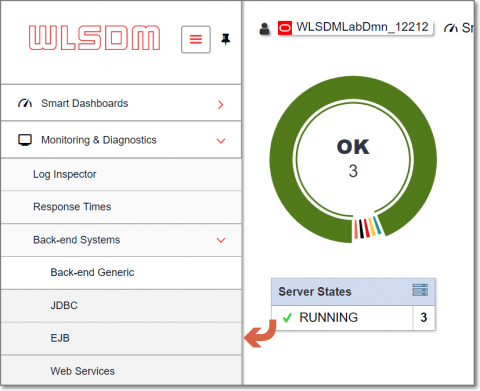The Power of the Dark Side - Challenge and Opportunity Presented by Dark Data
The concept of dark data is only just starting to gain prominence in IT circles. However, there is still a lot of confusion as to just what the term refers to, and the nature of the challenges and opportunities presented by the phenomenon.











